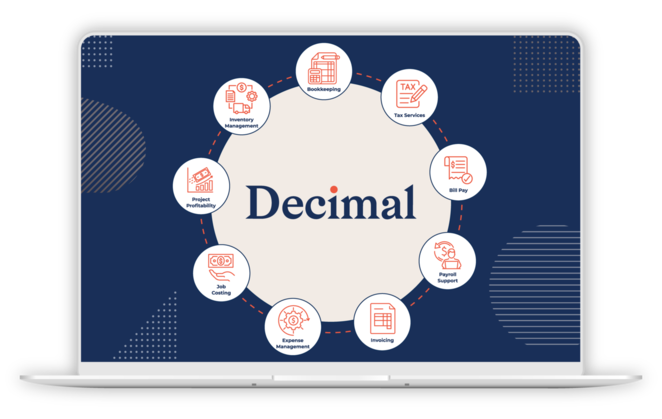Whether you’re onboarding a new client or working with someone you’ve supported for years, red flags in financial systems can show up when you least expect them.
After 20+ years helping small businesses grow and protect what they’ve built, I’ve seen red flags that don’t show up on a P&L—but are just as critical. They’re often buried in how the business actually runs.
By spotting those risks, you can become highly valuable to your clients as a trusted partner who’s watching out for their best interests—and proactively helping them long before something goes wrong.
Here’s a checklist you can use to spot red flags—both during onboarding and during regular client reviews.
Red Flag #1: One person handles everything.
What to look for: A single person controls bill payments, reconciles accounts, and manages vendor relationships.
Why it matters: Without separation of duties, there’s no oversight. That opens the door to fraud, errors, and burnout.
How I've seen it show up: Most often, I see this during onboarding when I’m asking a series of questions—if the owner says, “Oh, so-and-so handles all of that,” it’s usually a red flag that one person has all the control.
I’ve seen setups where one person invoices clients, collects payments, makes deposits, and signs checks—with no second set of eyes. In one case, an office manager was paying her personal credit card and car loan with business funds. The owner trusted her completely—but no one was checking.
How you can help: Even with a small team, you can suggest controls—like review processes, audit logs, or dual sign-offs. Encourage owners to understand who’s doing what and stay involved.
Oprah Winfrey famously signed every check in the early days of her business. She wanted to know where her money was going. Your clients should too.
Red Flag #2: Login access is messy or tied to individuals.
What to look for:
- Critical accounts tied to personal emails or phones
- No list of who has access to what
- Departed employees still have logins
Why it matters: One resignation or termination can lock the business out of key systems.
How I've seen it show up: I’ve seen this surface when we request access—and the only person with the login left months ago. Or we get a patchwork of credentials across multiple systems and email accounts.
How you can help: Recommend a password manager and centralized emails like admin@ for key systems. Suggest shared credentials with 2FA tied to a company-owned phone or Google Voice number. Even if it’s outside your scope, flag it—access issues are often the root of much bigger problems.
Red Flag #3: Spending is informal—and hard to track.
What to look for:
- No clear approval process
- Reimbursements through Venmo, Zelle, or other personal apps
- Unclear documentation of expenses or delayed recording
Why it matters: Sometimes we're trying to figure out what project a company card expense belongs to, and there’s no documentation—or no one remembers.
How I’ve seen it show up: I’ve seen businesses reimburse employees through payroll without receipts. Or personal charges appear on business cards—with no clear paper trail.
Without someone reviewing these transactions—or without clear spend management policies—these things happen on a small scale. But without eyes on it, how far will it go?
How you can help: Recommend a spending policy with approval steps. Suggest tools with built-in controls. Help clients track trends—like why someone has unusually high fuel costs—and ask questions when something feels off.
Red Flag #4: There's no documentation for key processes.
What to look for:
- No written SOPs for AP, AR, payroll, or reconciliations
- Knowledge lives in one person’s head
Why it matters: If a key person is unavailable, critical financial processes could stall—or go off track entirely.
How I've seen it show up: I’ve seen missed payroll runs and delayed billing because the only person who knew how to do it was offline. No documentation. No backup.
How you can help: Recommend starting with simple documentation in a shared folder. Even outside of finance, raise the need for cross-training and backup planning. You’ll help clients build resilience into their systems.
Red Flag #5: Payments and deposits don’t align with policy (or there is no policy).
What to look for:
- Payments made outside the accounting system
- Refunds and deposits not properly tracked
- Unclear or inconsistent cash handling procedures
Why it matters: Gaps here are where fraud often sneaks in. You can’t manage or audit what you can’t see.
How I've seen it show up: In one case, someone changed the payee name on a check and deposited it into their personal account. With no oversight, no one noticed until much later.
How you can step in: Urge clients to run all payments and deposits through auditable channels. Recommend regular spot checks—including reviewing check images—and make reconciliation a non-negotiable.
Red Flag #6: The tech stack is outdated or overly customized
What to look for:
- Legacy systems with little to no support
- Manual processes that should be automated
- Software that depends heavily on one person to run it
Why it matters: Old tech breaks—and when it does, businesses stall. Plus, outdated tools often don’t integrate well, leading to duplicate work or bad data.
How I’ve seen it show up: I once worked with a company using a decades-old, highly customized CRM that barely integrated with QuickBooks. It was a family-run business, and the older generation resisted change. But since only one person could make it work, the business was on hold whenever they were out.
How you can help: Encourage clients to evaluate whether their systems still serve them. If only one person knows how a tool works—or it breaks often—it’s a risk. Suggest solutions that offer support, automation, and easy integrations.
Red Flag #7: There's no business continuity plan.
What to look for:
- No centralized credentials or SOPs
- No backup access to systems
- No clarity on who does what if someone is out
Why it matters: If something happens to a key employee or owner, day-to-day operations could grind to a halt.
How I’ve seen it show up: One client’s office manager went on sudden medical leave. She managed payroll, bills, and vendor contacts—and no one else had access. The owner was left piecing things together from old emails and notes. Payroll was late. Bills went unpaid. It was chaos.
How you can help: Recommend a simple continuity kit: shared credentials, key contacts, documented processes, and emergency steps. Frame it as future-proofing, not fear.
Red Flag #8: Too Many Apps Doing the Same Thing
What to look for:
- Multiple tools doing overlapping tasks
- Unused subscriptions
- Teams using different tools for the same process
- No system integration
Why it matters: App sprawl is expensive—and it gets messy fast—with duplicate data, lost time, and avoidable security risks.
How I've seen it show up: I’ve seen clients spend thousands on software they don’t need or use. One client had five subscriptions to Adobe Pro and used only two of them.
How to step in: Suggest a quarterly software audit where your client lists all tools, what they do, who uses them, and how they connect. There are usually options to consolidate where there’s overlap, saving money and simplifying operations.
Become the Advisor They Can’t Afford to Lose
Your clients may not realize these are problems until they blow up into something bigger. But when you help them spot — and fix — these red flags, you become indispensable and have clients and referrals for life.
.png?width=150&height=63&name=TWRlogo-regmark_blueblack%20(1).png)
.png)










Do you have questions about this article? Email us and let us know > info@woodard.com
Comments: